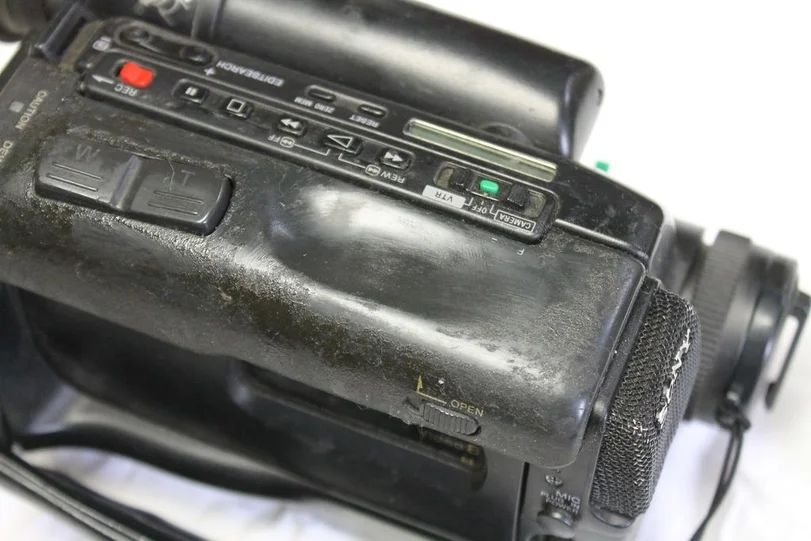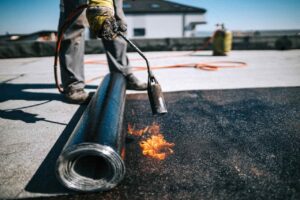
Metal components frequently come into contact with rubber during production or assembly. Over time, residue from rubber can cling to metal surfaces, causing wear, corrosion, or reduced adhesion in subsequent processing. Addressing this issue through proper rubber removal from metal is essential for maintaining long-lasting products.
Surface Preparation Techniques For Metal Components
Before applying coatings or finishing treatments, metal surfaces must be clean and uniform. Rubber residues interfere with paint, plating, or adhesive bonding. Surface preparation ensures that the metal is free from contaminants and ready for its next phase. Techniques like abrasive blasting, chemical cleaning, and thermal treatments play a vital role in removing stuck rubber while preserving the integrity of the metal beneath.
Optimizing Rubber Removal From Metal
Rubber removal from metal involves careful selection of methods that prevent damage. Mechanical methods, including scraping, sanding, or abrasive blasting, physically lift the rubber without altering the metal’s structure. Chemical treatments can dissolve residues effectively but require precise handling to avoid corrosion. Combining these approaches often yields the best results, leaving metal clean and ready for high-durability applications. Proper rubber removal from metal directly enhances product longevity and reduces the risk of failures in demanding environments.
Impact Of Rubber Residue On Metal Durability
Even small amounts of rubber residue can accelerate metal degradation. Residues trap moisture and contaminants, leading to rust and corrosion. They also create uneven surfaces, which weaken bonding for coatings and adhesives. By eliminating these residues, manufacturers protect metal surfaces and extend product life. Rubber removal from metal is more than a cleaning step; it’s a preventative measure that preserves performance under stress.
Choosing The Right Equipment For Rubber Removal
Selecting the correct tools is critical for effective rubber removal from metal. High-pressure washers, ultrasonic cleaners, and automated scrapers are commonly used in industrial settings. The right equipment ensures thorough cleaning while minimizing labor and reducing the risk of surface damage. Manufacturers often evaluate multiple methods before implementing the most efficient approach, making rubber removal from metal both reliable and cost-effective.
Maintaining Metal Quality After Rubber Removal
Cleaning alone is not enough; proper post-treatment ensures metal remains durable. Protective coatings, anti-corrosion sprays, and surface polishing help maintain the metal’s integrity. Regular inspections confirm that rubber residues have been completely removed and that the surface remains optimal for assembly or finishing. By combining rubber removal from metal with preventive maintenance, companies can significantly improve product longevity.
Integration With Industrial Processes
Incorporating rubber removal into the production line enhances efficiency. Automated cleaning systems can work alongside stamping, molding, or coating operations. This integration reduces downtime and ensures that every metal component meets high durability standards. By embedding rubber removal from metal into workflows, manufacturers achieve consistent quality and reduce waste caused by surface defects.
Conclusion
Improving product durability begins with clean, well-prepared metal surfaces. Rubber residues, if left untreated, compromise metal strength, corrosion resistance, and surface adhesion. Through careful selection of removal techniques, equipment, and post-treatment practices, manufacturers can ensure longer-lasting, high-quality products.







